1.
Introduction and preliminaries
We begin with the following definitions of notations:
Also, as usual, R denotes the set of real numbers and C denotes the set of complex numbers.
The two variable Laguerre polynomials Ln(u,v) [1] are defined by the Taylor expansion about τ=0 (also popularly known as generating function) as follows:
where is the 0-th order Tricomi function [19] given by
and has the series representation
The classical Euler polynomials Ep(u), Genocchi polynomials Gp(u) and the Bernoulli polynomials Bp(u) are usually defined by the generating functions (see, for details and further work, [1,2,4,5,6,7,9,11,12,20]):
and
The Daehee polynomials, recently originally defined by Kim et al. [9], are defined as follows
where, for u=0, Dp(0)=Dp stands for Daehee numbers given by
Due to Kim et al.'s idea [9], Jang et al. [3] gave the partially degenarate Genocchi polynomials as follows:
which, for the case u=0, yields the partially degenerate Genocchi numbers Gn,λ:=Gn,λ(0).
Pathan et al. [17] considered the generalization of Hermite-Bernoulli polynomials of two variables HB(α)p(u,v) as follows
On taking α=1 in (1.4) yields a well known result of [2,p. 386 (1.6)] given by
The two variable Laguerre-Euler polynomials (see [7,8]) are defined as
The alternating sum Tk(p), where k∈N0, (see [14]) is given as
and possess the generating function
The idea of degenerate numbers and polynomials found existence with the study related to Bernoulli and Euler numbers and polynomials. Lately, many researchers have begun to study the degenerate versions of the classical and special polynomials (see [3,10,11,12,13,14,15,16,18], for a systematic work). Influenced by their works, we introduce partially degenerate Laguerre-Genocchi polynomials and also a new generalization of partially degenerate Laguerre-Genocchi polynomials and then give some of their applications. We also derive some implicit summation formula and general symmetry identities.
2.
Partially degenerate Laguerre-Genocchi polynomials
Let λ,τ∈C with |τλ|≤1 and τλ≠−1. We introduce and investigate the partially degenerate Laguerre-Genocchi polynomials as follows:
In particular, when λ→0, LGp,λ(u,v)→LGp(u,v) and they have the closed form given as
Clearly, u=0 in (2.1) gives LGp,λ(0,0):=Gp,λ that stands for the partially degenerate Genocchi polynomials [3].
Theorem 1. For p∈No, the undermentioned relation holds:
Proof. With the help of (2.1), one can write
where, LGp−q(u,v) are the Laguerre-Genocchi polynomials (see [8]). Finally, the assertion easily follows by equating the coefficients τpp!.
Theorem 2. For p∈No, the undermentioned relation holds:
Proof. We first consider
Next we have,
Since I1=I2, we conclude the assertion (2.3) of Theorem 2.
Theorem 3. For p∈N0, the undermentioned relation holds:
Proof. With the help of (2.1), one can write
Finally, the assertion (2.4) straightforwardly follows by equating the coefficients of same powers of τ above.
Theorem 4. For p∈No, the following relation holds:
Proof. Using (2.1), we find
Hence, the assertion (2.5) straightforwardly follows by equating the coefficients of τp above.
Theorem 5. For p∈No, the undermentioned relation holds:
Proof. Since
we have
We thus complete the proof of Theorem 5.
Theorem 6. (Multiplication formula). For p∈No, the undermentioned relation holds:
Proof. With the help of (2.1), we obtain
Thus, the result in (2.7) straightforwardly follows by comparing the coefficients of τp above.
3.
Generalized partially degenerate Laguerre-Genocchi polynomials
Consider a Dirichlet character χ and let d(d∈N) be the conductor connected with it such that d≡1(mod2) (see [22]). Now we present a generalization of partially degenerate Laguerre-Genocchi polynomials attached to χ as follows:
Here, Gp,χ,λ=LGp,χ,λ(0,0) are in fact, the generalized partially degenerate Genocchi numbers attached to the Drichlet character χ. We also notice that
is the familiar looking generalized Genocchi polynomial (see [20]).
Theorem 7. For p∈N0, the following relation holds:
Proof. In view of (3.1), we can write
Finally, the assertion (3.2) of Theorem 7 can be achieved by equating the coefficients of same powers of τ.
Theorem 8. The undermentioned formula holds true:
Proof. We first evaluate
Now, the Theorem 8 can easily be concluded by equating the coefficients τpp! above.
Using the result in (3.1) and with a similar approach used just as in above theorems, we provide some more theorems given below. The proofs are being omitted.
Theorem 9. The undermentioned formula holds true:
Theorem 10. The undermentioned formula holds true:
4.
Implicit summation formulae
Theorem 11. The undermentioned formula holds true:
Proof. On changing τ by τ+μ and rewriting (2.1), we evaluate
which, upon replacing v by u and solving further, gives
and also
Now applying the formula [21,p.52(2)]
in conjunction with (4.2), it becomes
Further, upon replacing l by l−p, h by h−n, and using the result in [21,p.100 (1)], in the left of (4.3), we obtain
Finally, the required result can be concluded by equating the coefficients of the identical powers of τl and μh above.
Corollary 4.1. For h=0 in (4.1), we get
Some identities of Genocchi polynomials for special values of the parameters u and ν in Theorem 11 can also be obtained. Now, using the result in (2.1) and with a similar approach, we provide some more theorems given below. The proofs are being omitted.
Theorem 12. The undermentioned formula holds good:
Theorem 13. The undermentioned implicit holds true:
and
Theorem 14. The undermentioned implicit summation formula holds:
Theorem 15. The undermentioned formula holds true:
5.
Symmetry identities
Symmetry identities involving various polynomials have been discussed (e.g., [7,9,10,11,17]). As in above-cited work, here, in view of the generating functions (1.3) and (2.1), we obtain symmetry identities for the partially degenerate Laguerre-Genocchi polynomials LGn,λ(u,v).
Theorem 16. Let α,β∈Z and p∈N0, we have
Proof. We first consider
Now we can have two series expansion of g(τ) in the following ways:
On one hand, we have
and on the other, we can write
Finally, the result easily follows by equating the coefficients of τp on the right-hand side of Eqs (5.1) and (5.2).
Theorem 17. Let α,β∈Z with p∈N0, Then,
Proof. Let
Considering g(τ) in two forms. Firstly,
Secondly,
Finally, the result straightforwardly follows by equating the coefficients of τp in Eqs (5.3) and (5.4).
We now give the following two Theorems. We omit their proofs since they follow the same technique as in the Theorems 16 and 17.
Theorem 18. Let α,β∈Z and p∈N0, Then,
Theorem 19. Let α,β∈Z and p∈N0, Then,
6.
Concluding remark and observation
Motivated by importance and potential for applications in certain problems in number theory, combinatorics, classical and numerical analysis and other fields of applied mathematics, various special numbers and polynomials, and their variants and generalizations have been extensively investigated (for example, see the references here and those cited therein). The results presented here, being very general, can be specialized to yield a large number of identities involving known or new simpler numbers and polynomials. For example, the case u=0 of the results presented here give the corresponding ones for the generalized partially degenerate Genocchi polynomials [3].
Acknowledgment
The authors express their thanks to the anonymous reviewers for their valuable comments and suggestions, which help to improve the paper in the current form.
Conflict of interest
We declare that we have no conflict of interests.











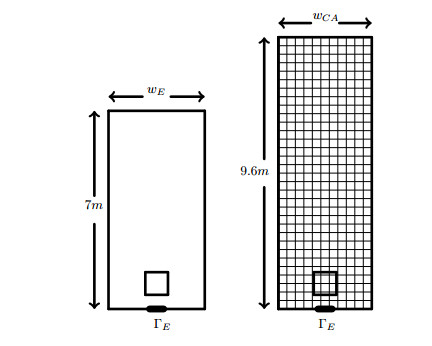
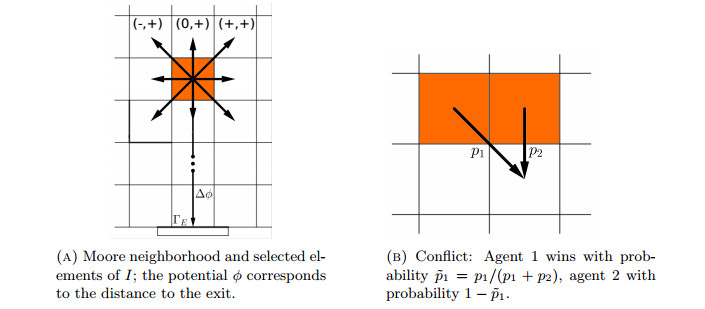
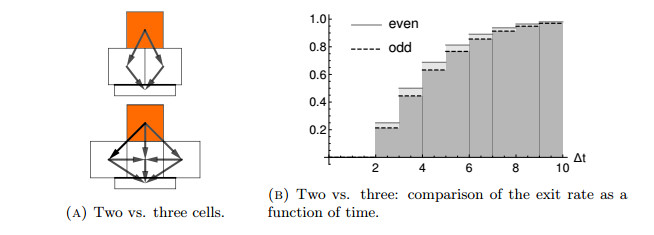
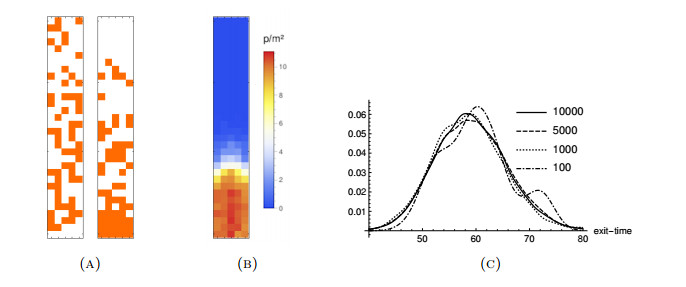
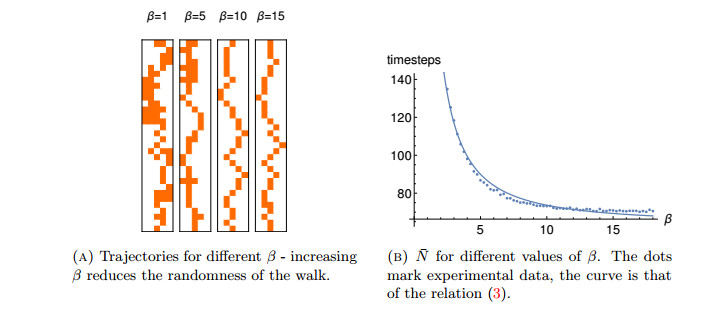
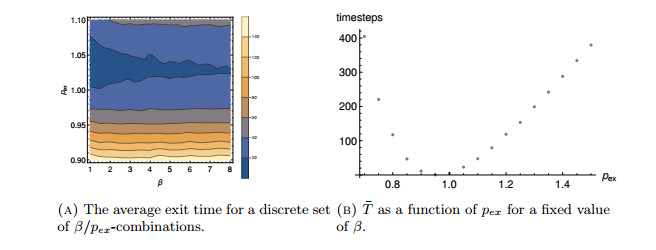
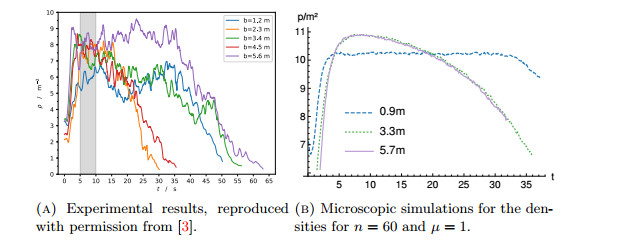

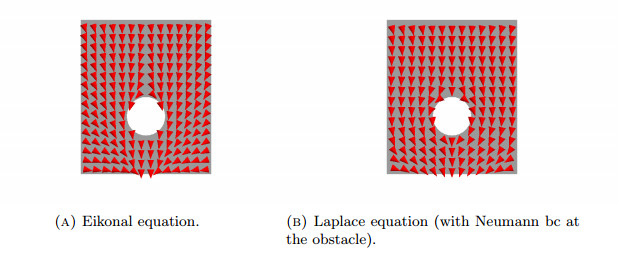
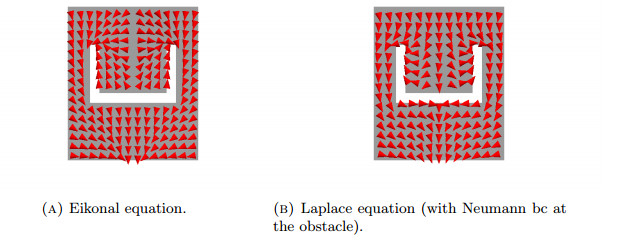
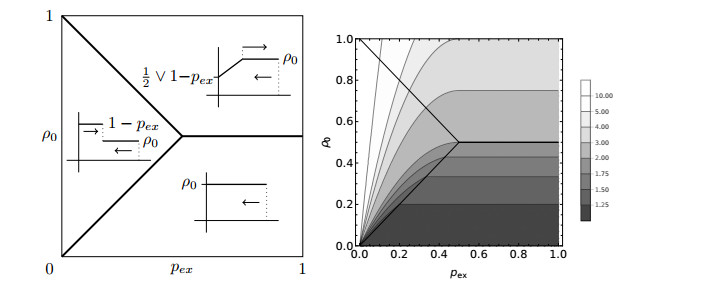
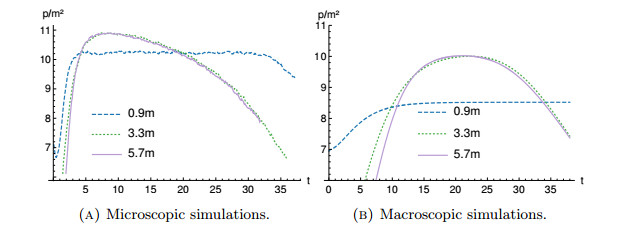
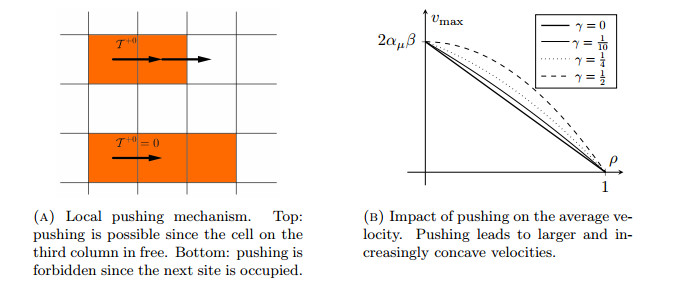
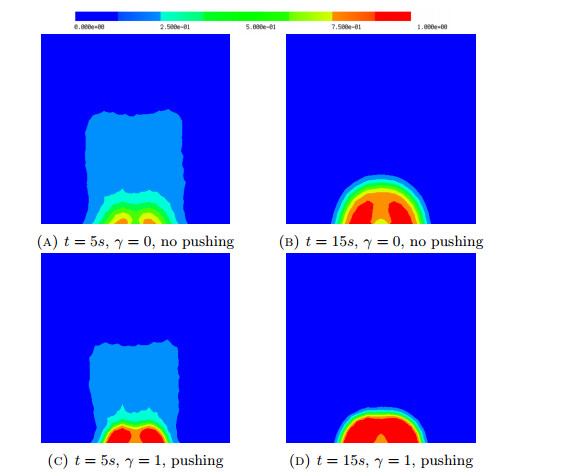

 DownLoad:
DownLoad: